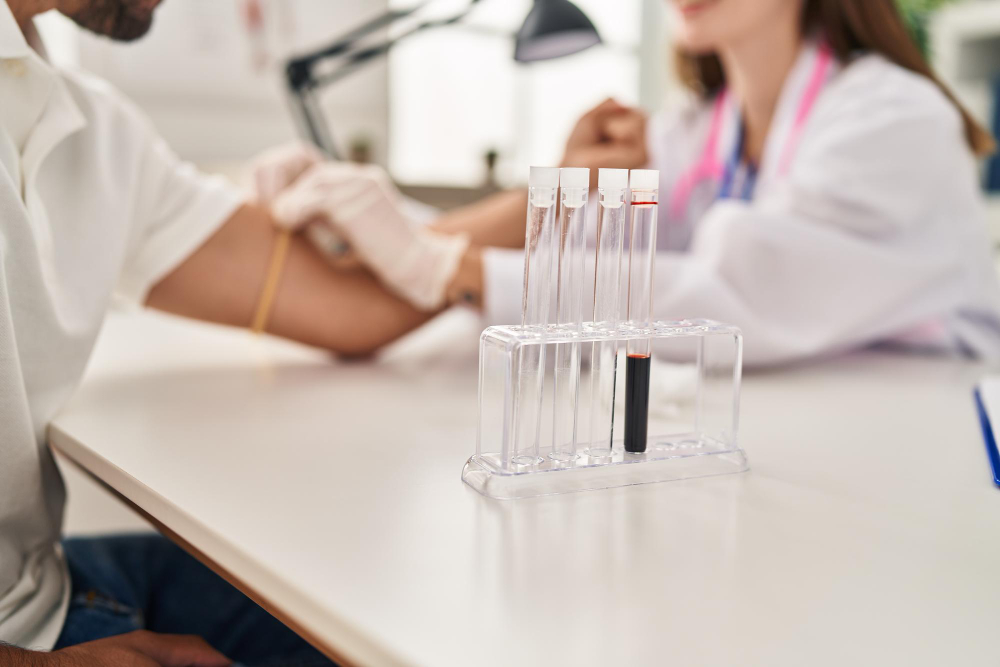What Is the Osmotic Fragility Test?
The osmotic fragility test is a blood test. It checks how easily your red blood cells break apart when placed in different salt solutions. Doctors use this test to see if your red blood cells are more fragile than normal. This can help find certain blood disorders. For example, it is often used for hereditary spherocytosis diagnosis. This test is also called the red blood cell fragility test.
Why Is the Osmotic Fragility Test Done?
Doctors order the osmotic fragility test for several reasons. First, it helps diagnose conditions where red blood cells break too easily. These include:
Sometimes, your doctor may suggest this test if you have symptoms like tiredness, pale skin, or yellowing of the eyes. These symptoms can be signs of anemia. In addition, the test helps doctors decide on the best treatment for you.
How Is the Osmotic Fragility Test Performed?
The procedure for the osmotic fragility test is simple. First, a healthcare worker draws a small amount of blood from your arm. Next, they mix your blood with different salt solutions in a lab. These solutions have varying salt levels. Then, they check how many red blood cells break apart in each solution.
Usually, the test takes only a few minutes for the blood draw. However, the lab work may take a few hours. You can return to your normal activities right after the blood draw. If you are wondering how to prepare for the osmotic fragility test, keep reading for tips.
What Do the Results Mean?
After the test, your doctor will review the results. If your red blood cells break apart more easily than normal, it may mean you have a blood disorder. For example, high fragility can point to hereditary spherocytosis. On the other hand, low fragility may suggest other conditions, like thalassemia.
It is important to remember that one test alone does not give a full diagnosis. Your doctor will look at your symptoms, medical history, and other test results. Together, these help find the right answer.
Risks and Safety of the Osmotic Fragility Test
The osmotic fragility test is very safe. Like any blood test, there are small risks. These may include:
Most people have no problems after the test. If you notice swelling, redness, or pain that does not go away, contact your doctor. Overall, the benefits of finding the cause of your symptoms outweigh these small risks. The CDC and WHO both state that blood tests like this are safe when done by trained staff.
Preparing for the Test: Tips and Guidance
Usually, you do not need to do much to prepare for the osmotic fragility test. However, here are some helpful tips:
If you have questions about how to prepare for the osmotic fragility test, ask your healthcare provider. They can give you advice based on your health needs.
Frequently Asked Questions
In summary, the osmotic fragility test is a helpful tool for finding certain blood disorders. It is safe, quick, and easy to prepare for. If you have concerns about your blood health, consult for personalized advice about the osmotic fragility test.

